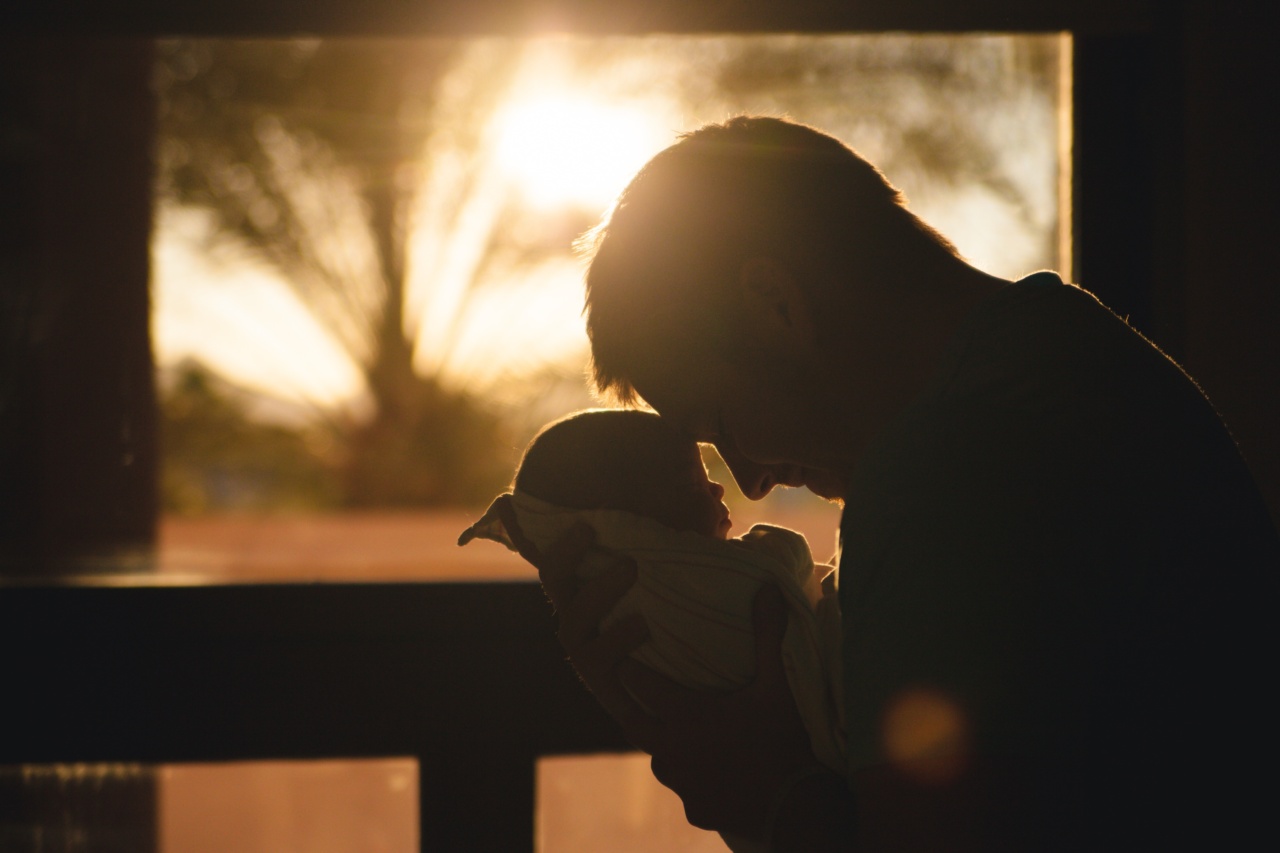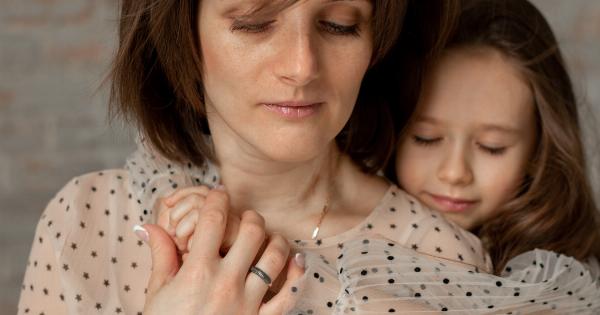Consumption goes beyond buying things. It is a concept that transcends mere economics and is embedded in the human emotional experience.
The Emotional Consumption Cycle is a journey that individuals go through from the moment they think of buying something to the post-purchase experience. This cycle is complex, and an understanding of its dynamics is crucial in psychology, economics, and marketing. In this article, we will explore the concept of the emotional consumption cycle, its phases, and what it means for consumers and businesses.
What is the Emotional Consumption Cycle?
The Emotional Consumption Cycle refers to the psychological journey that a person goes through when considering, selecting, and consuming a product or service. The cycle typically consists of four phases:.
- Pre-Purchase: This is the phase where individuals consider whether or not to purchase a product or service. They assess their needs and desires, explore options, and weigh the pros and cons of buying.
- Purchase: This is the phase where individuals make the purchase, either in a physical store or online. The process may be quick or prolonged, depending on the product or service.
- Post-Purchase: This is the phase after the purchase, where the individual evaluates the experience and outcome of the purchase. Satisfaction and disappointment can vary, depending on the individual’s expectations and experience of the product or service.
- Disposal: This is the phase where individuals dispose of or replace the product. It can occur due to damage, obsolescence, or the desire for an upgrade.
The Phases of the Emotional Consumption Cycle
Pre-Purchase Phase
The pre-purchase phase is the foundation of the emotional consumption cycle. Here, the consumer assesses a need, identifies a desire, or wants to fulfill a goal.
The pre-purchase phase is followed by an evaluation of options that will address the identified need. Factors that can influence the consumer’s decision to buy a particular product include brand, price, quality, or preference for a specific design or color.
The research process can be lengthy or brief, depending on the complexity of the purchase decision.
The Role of Emotions in the Pre-Purchase Phase
Feelings play a significant role in the pre-purchase phase of the Emotional Consumption Cycle. Emotions guide the decision-making process by empowering individuals to choose products or services that align with their desires and needs.
Emotions can also motivate consumers to make purchases that go beyond rational considerations. For instance, consumers may buy products that are not strictly needed but that provide a sense of satisfaction or a feeling of belonging.
The Impact of Consumer Culture on the Pre-Purchase Phase
Consumer culture influences the pre-purchase phase by creating the desire for products through advertising, branding, and promotions. The media, including social media, acts as a powerful tool for shaping people’s perceptions and values.
Many advertisements and commercials appeal to the consumer’s emotions by tapping into their needs, desires, and aspirations.
Purchase Phase
The purchase phase is where consumers exchange money or other forms of value for a product or service. The purchase can happen physically in a store or online through e-commerce platforms.
The ease and speed of the purchase vary on the product, cost, and location.
The Role of Emotions in the Purchase Phase
The purchase phase of the Emotional Consumption Cycle may evoke a range of emotions, such as excitement, satisfaction, anxiety, or disappointment.
The level of emotion experienced during the purchase phase can vary and may depend on the product’s importance and cost. A significant purchase, such as a home or a car, often elicits stronger emotions and a more extended evaluation process. In contrast, smaller purchases may incite less emotion or deliberation.
The Impact of Consumer Culture on the Purchase Phase
Consumer culture influences the purchase phase by creating the sense of urgency and driving sales. Promotions, discounts, or limited-time deals encourage buyers to purchase sooner due to the fear of missing out.
Shopping culture has also shifted from physical stores to online platforms, reinforcing a culture of fast, easy, and convenient shopping. Online retail environments further accelerate the purchase process with instant gratification, encouraging buyers to spend more money than planned.
Post-Purchase Phase
The post-purchase phase follows the purchase and involves the evaluation of how the purchase meets the consumer’s expectations and how the experience meets their needs.
The level of satisfaction, loyalty, or dissatisfaction can vary depending on the product’s quality, price, and expectations.
The Role of Emotions in the Post-Purchase Phase
The post-purchase phase of the Emotional Consumption Cycle may produce post-purchase regret, especially if the purchase did not live up to expectations or meet the initial needs or desires.
Post-purchase satisfaction may prompt consumers to become loyal to the brand, product, or service. Post-purchase emotions shape the perception of the brand or product, and experiences can lead to positive or negative publicity, influencing future purchase decisions.
The Impact of Consumer Culture on the Post-Purchase Phase
Consumer culture influences the post-purchase phase by shaping customers’ expectations and post-purchase evaluations.
Advertising campaigns and social media create product aspirational ideals that may not match the ultimate experience of the product. Poor post-purchase experiences can lead to negative publicity, and adverse reviews or customer feedback can impact buyers’ evaluation of the product or service.
Disposal Phase
The disposal phase marks the end of the Emotional Consumption Cycle. The consumer may dispose of or replace the product at this stage, either because of damage, obsolescence, or the desire for an upgrade.
The Role of Emotions in the Disposal Phase
The disposal phase may evoke feelings of nostalgia or relief, depending on the product’s significance and the consumer’s attachment to it. If the product has sentimental value, the act of disposal may generate feelings of sadness or loss.
In contrast, products that the consumer feels indifferent about can incite feelings of relief. The act of disposal closes the loop of the Emotional Consumption Cycle, and the next purchase becomes another journey through the emotional stages of consumption.
The Impact of Consumer Culture on the Disposal Phase
Consumer culture influences the disposal phase by presenting an ideal lifestyle that values novelty and self-expression. Intense advertising campaigns can push consumers to replace perfectly usable products or make them feel obsolete.
This has a significant impact on the environment, as many consumers disregard the negative impact of the disposal of the older goods.
Conclusion
The Emotional Consumption Cycle illustrates the interplay between human emotions, consumer culture, and the decision-making process.
The cycle is a journey that individuals go through from the moment they consider buying something to the post-purchase experience. Emotions guide the decision-making processes and shape perceptions of value. The impact of consumer culture on the phases of the cycle is immense in shaping customer expectations, perceptions, and purchase decisions, both positively and negatively.
Understanding the Emotional Consumption Cycle is crucial for businesses that want to create lasting customer relationships and improve their sales while also reducing their environmental footprint.































